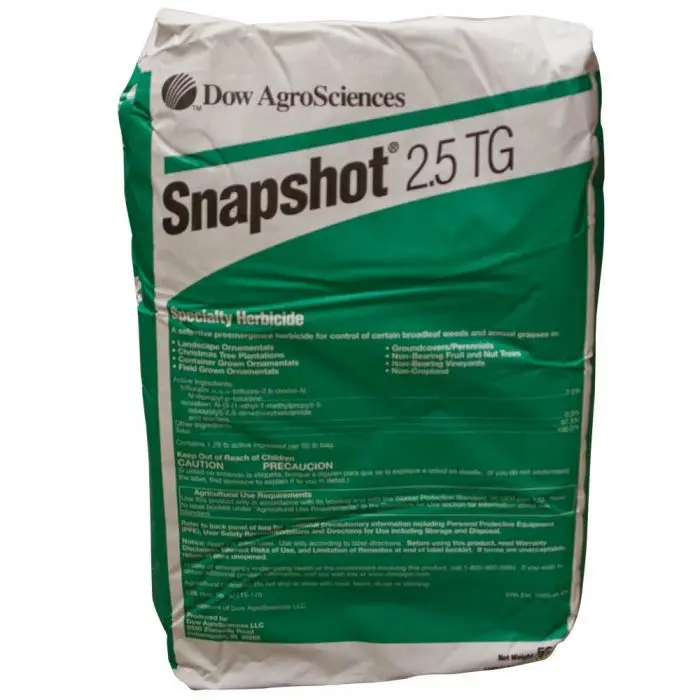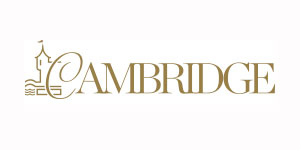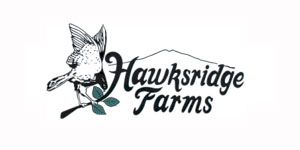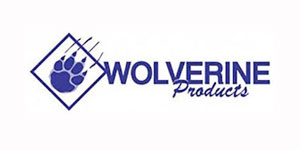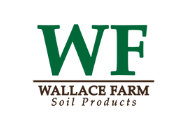Snapshot®2.5 TG Preemergence Herbicide
$128.25
Description
You don’t need a medical professional to tell you that hand weeding is hard on the back. It doesn’t do your bottom line any good either. Because the type of plants in landscape beds vary, and the types grown in nurseries are numerous, Snapshot® specialty herbicide is labeled for use on or around more than 600 ornamentals — more than any other granular preemergence herbicide on the market.
Snapshot® specialty herbicide delivers season-long control of more broadleaf and grassy weeds. Depending on your area, Snapshot works around the clock for up to eight months to keep landscapes and container- and field-grown nursery ornamentals weed-free. Snapshot has been tested on hundreds of ornamental plants and grasses and is proven to offer exceptional plant tolerance.
How Snapshot® specialty herbicide works disrupting the cycle. Snapshot® specialty herbicide works by disrupting weed seed development as seeds germinate, seedlings gradually die before breaking the soil surface. Snapshot bonds tightly with soil particles and is low in water solubility, so it binds firmly to the application zone.
Unmatched effectiveness Snapshot delivers season-long control or suppression of more
than 120 broadleaf weeds and can be applied to more than 600 ornamentals without harming them. Key weeds controlled include:
RAINFALL OR IRRIGATION TO OCCUR WITHIN 3 DAYS FOR OPTIMUM RESULTS
1/2 ACTIVATE WITH AT LEAST 1/2 INCH RAINFALL OR IRRIGATION
Snapshot® specialty herbicide bonds tightly with soil particles and is low in water solubility, so it binds
firmly to the application zone.
• Annual bluegrass
• Bittercress
• Chickweed
• Crabgrass
• Dandelion
• Henbit
• Marestail
• Oxalis
• Spurge
Flexible application schedule Snapshot® specialty herbicide can be applied just prior to
germination of the target weed or immediately after cultivation to remove the existing weeds.
For the best results, Snapshot should be watered in if rainfall does not occur within three days of application.
How to apply
Depending on weeds to be controlled, apply at labeled use rate:
2.3-4.6 POUNDS PER
1,000 SQUARE FEET

